4 Incredible Facts about GLP-1s
4 facts about GLP-1 receptor agonists drawn from papers published in top basic science journals (Nature, Nature Metabolism, Science, and Cell Metabolism) in the last two months.
YouTube Content of The Week
Quickly - before I get to the main thrust of this week’s Newsletter - I dropped two paper review videos this week that I want to flag.
The first covered data on what I term a “metabolic loophole” with respect to the non-nutritive sweetener, sucralose.
More specifically, the data reveal how the context in which sucralose is consumed (with or without carbohydrates) can modify its effect on metabolic function and insulin resistance.
These were some riveting (and terrifying!) human RCT data, and I won’t spoil the punching in the hopes you’ll be tempted to spend 6 minutes engaging with the breakdown, here:
The second video, released yesterday, reviewed the Fuel Partitioning model of obesity. I had some fun with analogies, and it’s one of those video that I hoped would get viewers to thinking deeper about what it means to question the “cause” of obesity.
SPOILER: that cause of obesity is not Calories.
And another spoiler, you will get to see me eat a brownie. Oh! And watch for the Marvel Easter Egg.
GLP-1: 4 Incredible Facts
And now… your feature presentation…
GLP-1 receptor agonists (GLP-1RA) drugs, like Ozempic, are THE blockbuster weight loss drugs. This is not a creative nor original opening line. But that doesn’t make it any less true.
Irrespective of your opinions on these medications -- and the larger socioeconomic issues surrounding them -- the biology underlaying their effects is fascinating.
The objective of this Newsletter is not to lecture on the clinical pros and cons of these drugs. Frankly, you can find that information elsewhere.
Instead, I want to share 4 Incredible Facts about GLP-1s that will keep you ahead of the curve!
Well… physiologically speaking. (I suppose taking GLP-1Rs would technically leave you less curvaceous.)
Here are 4 facts drawn from papers published in top basic science journals (Nature, Nature Metabolism, Science, and Cell Metabolism) in the last two months that left me scratching my chin about the future of this class of medications.
As a note, I will release videos on each of these papers on my YouTube channel in due time, as well as a summative video. But you – my dear readers of the Stay Curious Newsletter – get a ‘sneak peek’ because you’re extra special!
1) Ozempic without Nausea
(From Nature July 10, 2024.)
It’s no secret a lot of patients who take GLP-1RAa suffer from gastrointestinal upset, with up to 60% of patients experiencing nausea.
But could you design a new Ozempic, Ozempic 2.0, without risk for nausea?
For the answer to be “Yes!” you would need separate biological circuits by which GLP-1RA promote satiety (other otherwise promote weight loss) and induce nausea
Otherwise stated, we can ask “Are there separate satiety and nausea systems? And, if so, can we target just the satiety system without triggering nausea?”
Remarkably, it seems so.
Research published in Nature last week found that there are GLP-1 receptors distributed throughout the hindbrain. One of these regions, the DVC, is essential for the satiety effects of GLP-1RAs, and within the DVC there are two sub regions, the Area Postrema (AP) and Nucleus of Solitary Tract (NTS).
Incredibly (and luckily?) these two regions appear to represent functionally distinct targets of GLP-1RAs where activation of the AP GLP-1 receptors causes aversion and nausea, and activation of the NTS GLP-1 receptors in response to a nutritive stimulus is sufficient to promote satiety, without nausea!
(This figure has been modified from the paper to make it simpler to interpret. Basically, it’s showing that there are geographically distinct regions in the brain, the AP and the NTS. The GLP-1 receptors in the AP [red] drive aversion and nausea, whereas the GLP-1 receptors in the NTS [blue] in response to nutritive stimuli promote satiety without nausea)
Now, while activation of either region did cause weight loss in, the effects of GLP-1 activation in the AP and NTS did NOT appear to be additive with respect to weight loss.
Extrapolating from this, we could conclude that specifically activating GLP-1 receptors in the NTS, without activating those in the AP, could provide all the satiety and weight loss benefits, without any nausea effect.
Thanks Nature! (Here referring to mother nature, but also the journal.)
That said, these data come with limitations.
First, this was a rodent student. Practically, this is necessary to dissect the mechanism and pathways, as manipulating human brains with genetic modification and drilling holes in the skulls of healthy subjects is typically frowned upon.
That said, the same brain regions and receptors exist in humans.
So, how could we leverage this better neurological understanding for clinical purposes?
Is there a way to activate GLP-1 receptors in one region of a human brain, and not in another?
What do you think?
2) GLP-1 and PCOS
(From Nature Metabolism May 20, 2024.)
Now that we’ve talked about the actions of GLP-1 on the central nervous system, it’s worth remarking that GLP-1 has effects elsewhere in the body and, by extension, pathophysiological relevance in other diseases.
One example is polycystic ovarian syndrome (PCOS), which is defined by at least two of the following: irregular periods, elevated androgens (male sex hormones, like testosterone), and polycystic ovaries.
PCOS is also associated with cardiovascular disease and insulin-resistance disorders.
Interestingly, GLP-1 levels are reduced in PCOS. The mechanism dissected in this paper involved a microbiome-metabolite-GLP-1 axis resulting in GLP-1 deficiency.
Impressively, GLP-1 administration to PCOS mice was sufficient to treat the disorder.
Look! Cysts be gone!
Will GLP-1 receptor agonists eventually be approved for the treatment of PCOS?
It’s too early to tell. My guess would be yes.
For more details, I’ve already released a video on this paper:
3) Resisting your Culinary Kryptonite, and Food Noise
(From Science June 27, 2024.)
This is a walnut dream bar.
They were my favorite as a kid, and a specialty product of a bakery named Rosie’s.
I loved walnut dreams so much that if there was any opportunity of accessing one, I’d hunt it down like a heat seeking missile!
Most of us have our proverbial walnut dream: the food that, when we are cued to it, takes control of our brain and generates what has become known as “food noise,” that internal mental chatter about food that bugs you until you’re 6 walnut dreams deep and your pancreas is crying out for help.
Well, GLP-1 receptor agonists are thought to quiet “food noise.” That’s a subjective description, but one that doctors and patients often use to describe the relief patients get when they take GLP-1 receptor agonists.
New data in Science explains the anti-food noise effect of GLP-1RAs.
First, take a look at this graph. What it’s showing you is the effects on GLP-1RAs on “pre-ingestion satiety” (the inverse of food noise), as well as satiety after ingestion.
What do you see?
You see the GLP-1 group is characterized by greater relative pre-ingestion satiety (there’s a greater difference between the red and blue lines during the pre-ingestion phase than during the ingestion phase).
Simply: It appears GLP-1 do reduce “food noise.”
How?
This new research found that neurons in the dorsomedial hypothalamus were the pre-ingestion satiation neurons, and that turning them on was sufficient to kill food noise.
Why is this important?
(I just replaced the rest of this section with the now released video. Haha! Now you have to watch. Well… you don’t really… but I hope you do!)
4) Better than Ozempic
(From Cell Metabolism, June 14, 2024)
While the data on GLP-1RAs have been sufficiently impressive to generate a tsunami of press and prescriptions, there are newer generations of similar drugs with even more potent effects on weight loss.
Among these is Tirzepatide.
Whereas Semaglutide (a.k.a. Ozempic) is a GLP-RA, Tirzepatide is a combination GLP-1RA and GIP receptor agonist.
Above, from: Rodrigues et al. JAMA Internal Medicine. July 8, 2024. (12 month data.Tirzepatide is in light blue and Semaglutide is in dark blue.)
Until recently, the reason Tirzepatide had an advantage over Ozempic was a mystery, but new data published one month ago found an answer…
Fat cells express GIP receptors but not GLP-1 receptors. This means Tirzepatide may act on fat cells where Ozempic cannot.
GIPRA represent a GLP-1 receptor agonist, and TZP stands for Tirzepatide (a combination GLP-1RA and GIP receptor agonist). And Ex4 is a GLP-1 receptor agonist, like Ozempic. The red represents binding to fat cells.
And what are the consequences of Tirzepatide binding GIP receptors on fat cells?
The research found that chronic activation of GIP receptors on fat cells enhanced metabolic flexibility.
Specifically, it could enhance insulin sensitivity and glucose disposal in the post-prandial period (after eating) to improve glucose tolerance; and it enhanced lipolysis (fat burning) in the fasting period.
(The full video on this paper is now also released and linked below)
Buy 1 Get 1 Free: Pure Macadamia Puree!
I’m trying something new in this week’s Newsletter: product offers for Newsletter subscribers.
This week, House of Macadamia is offering a Buy-1-Get-1 Free on Macadamia Nut Puree, which is just pure Macadamia (worth $20). I love it over Greek Yogurt with a dash of salt and vanilla myself. You can claim it at the link below, or apply code NICK10 for 10% off any products at House of Macadamia.
In full transparency, I get 20% of all sales. But I genuinely love macadamia, think they are a nutritional powerhouse, and have been using HoM products for 5 years. So, I figured why not make a buck along the way so I can take my girlfriend out to a nice dinner at Legal Seafood now and again.





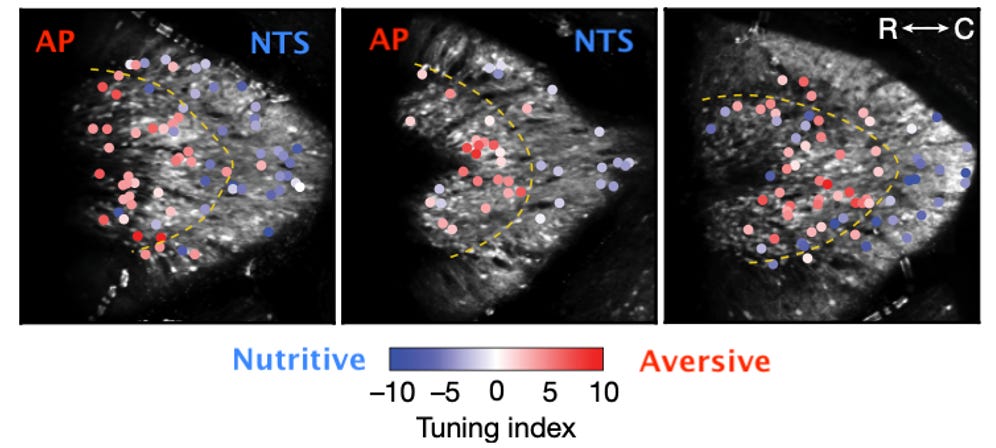
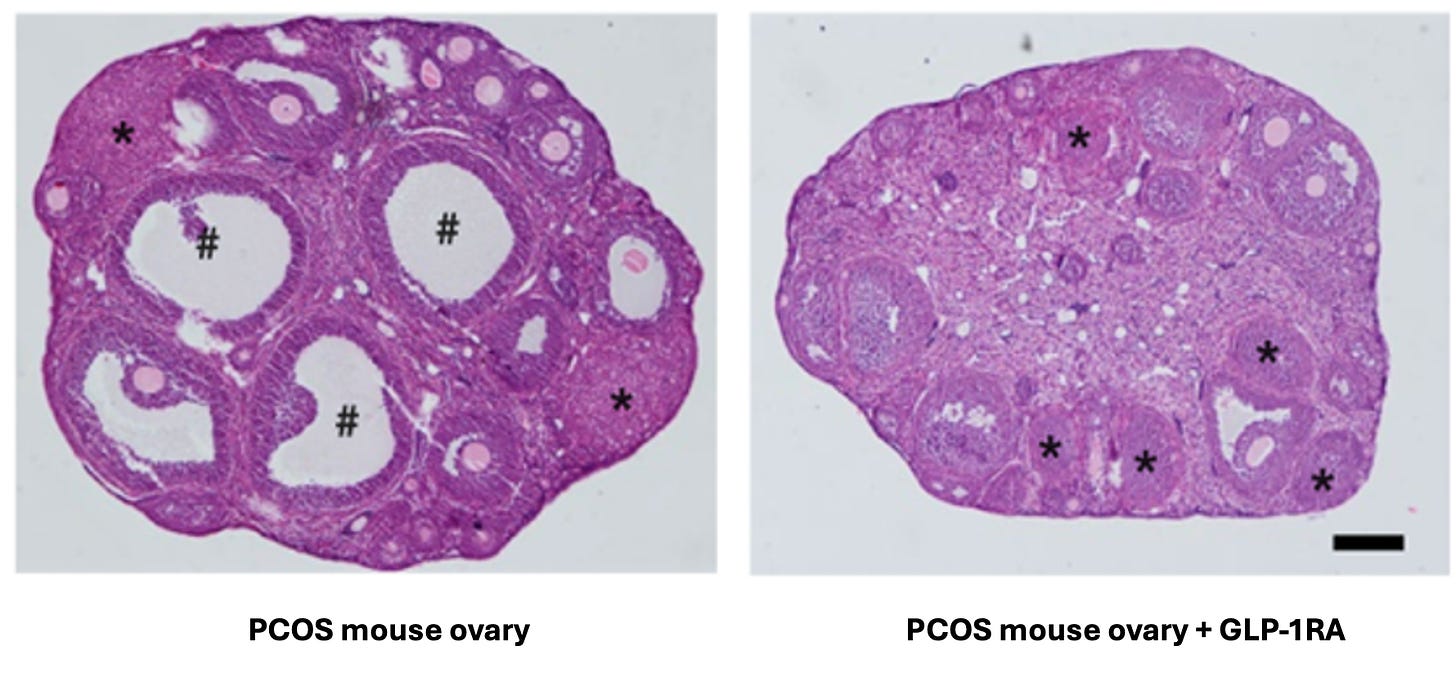
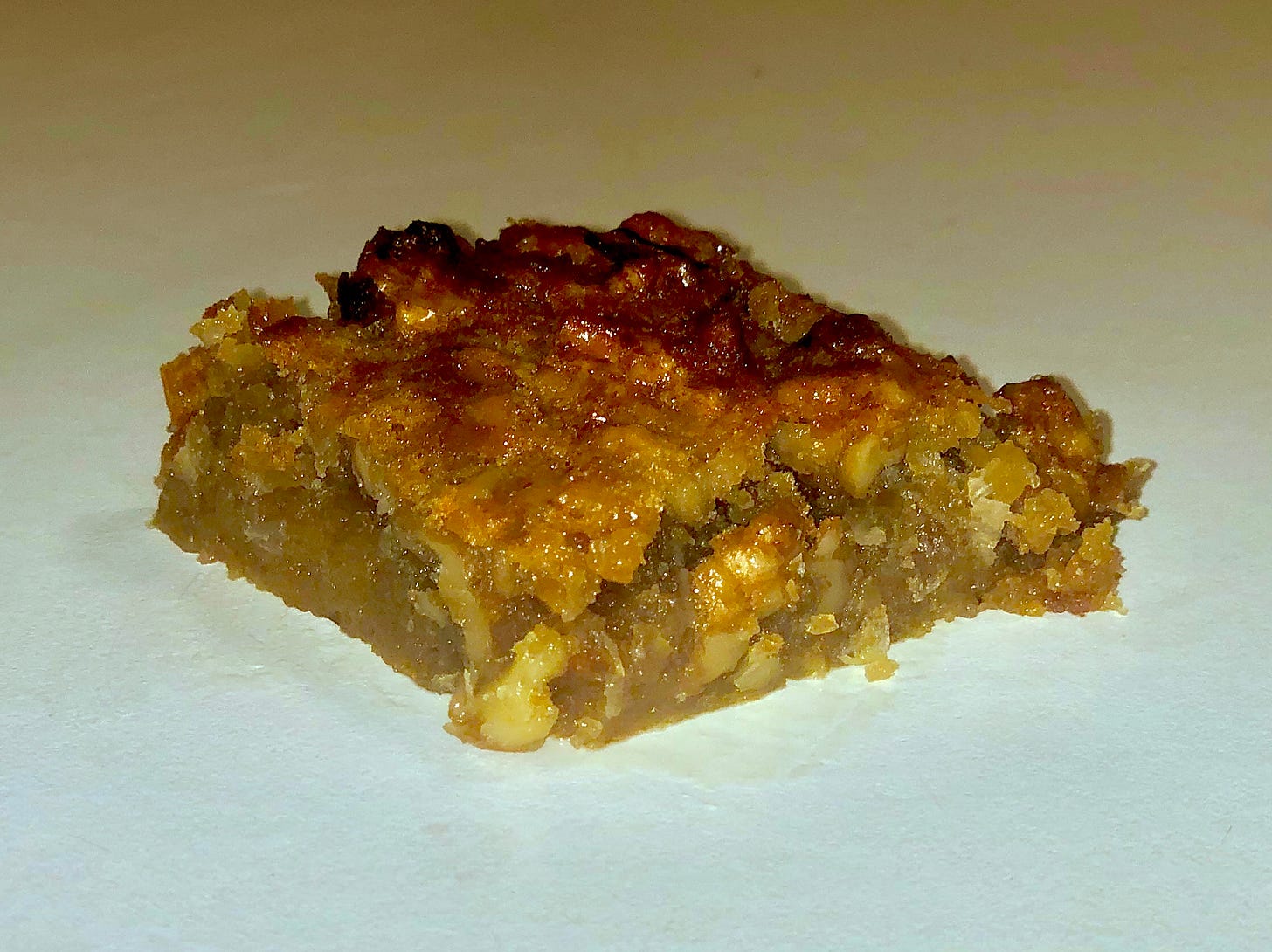

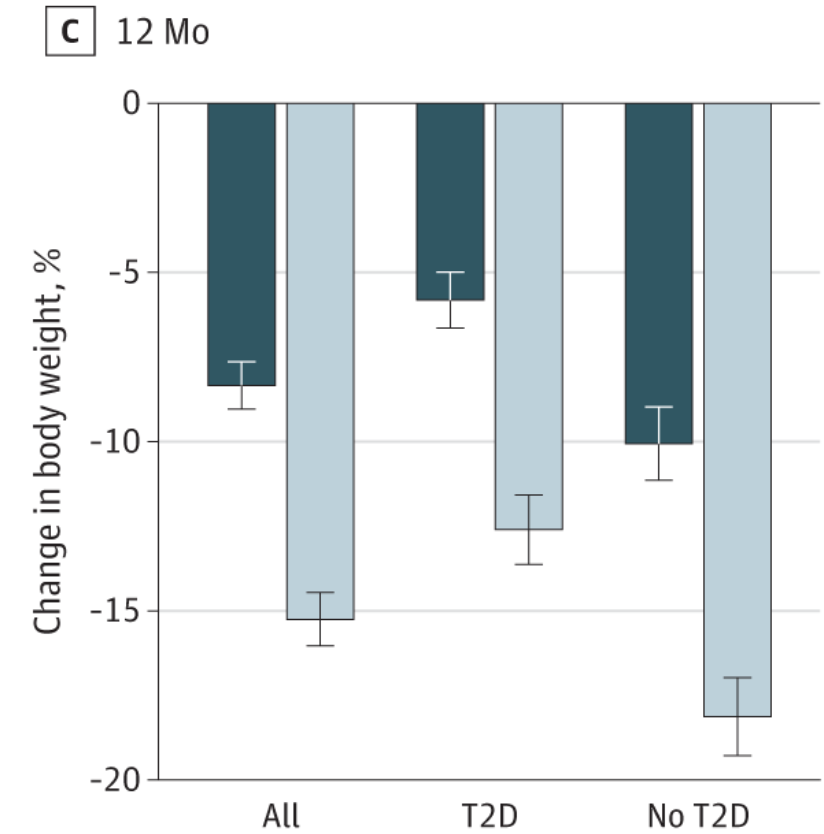
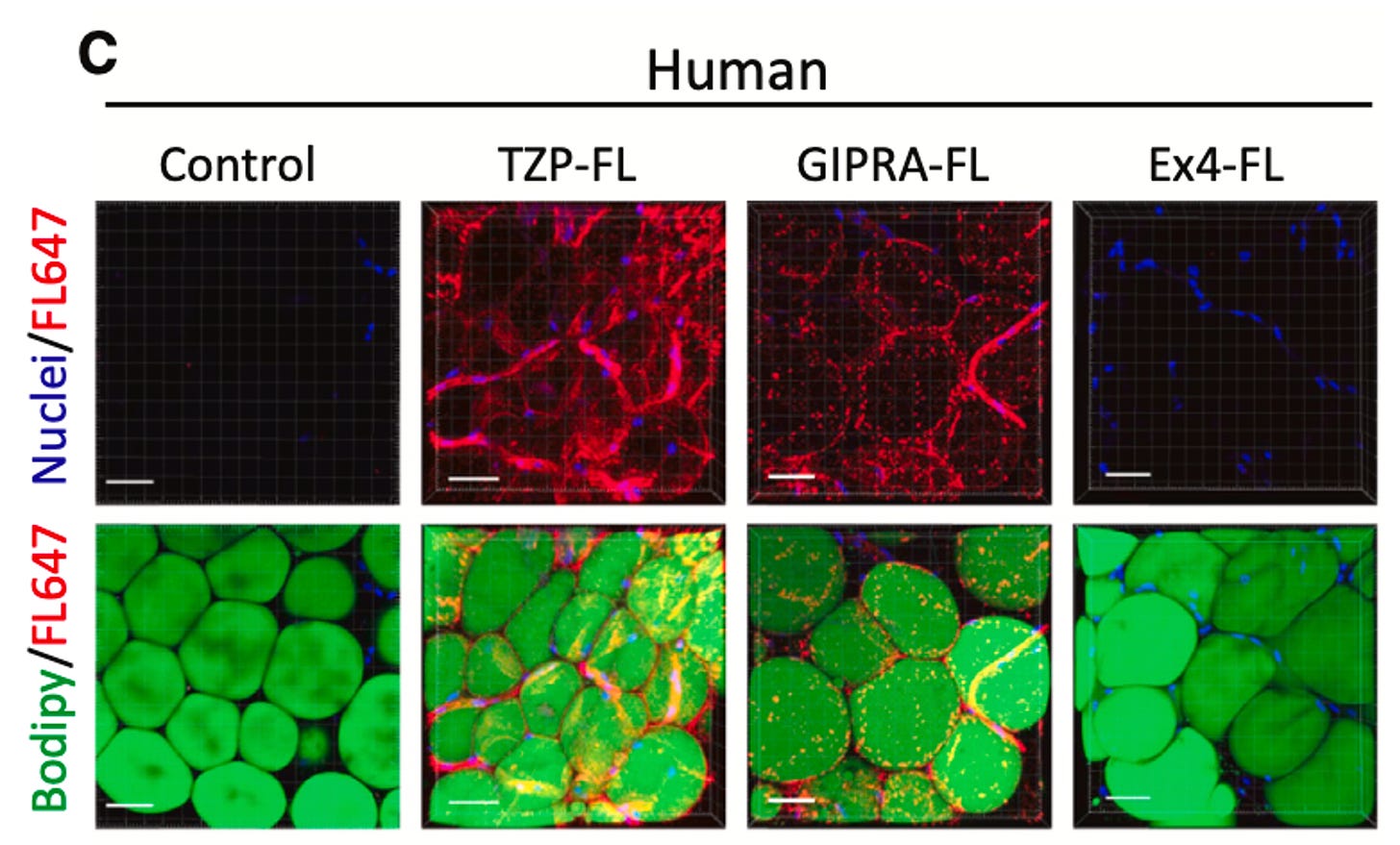

Tried Ozempic and gained 10 pounds on third day after .25 dose. Fasted. 2 weeks later have lost 3 of those pounds. N=1 but wow. (Keto diet and 45 min moderate exercise daily). Not a fan